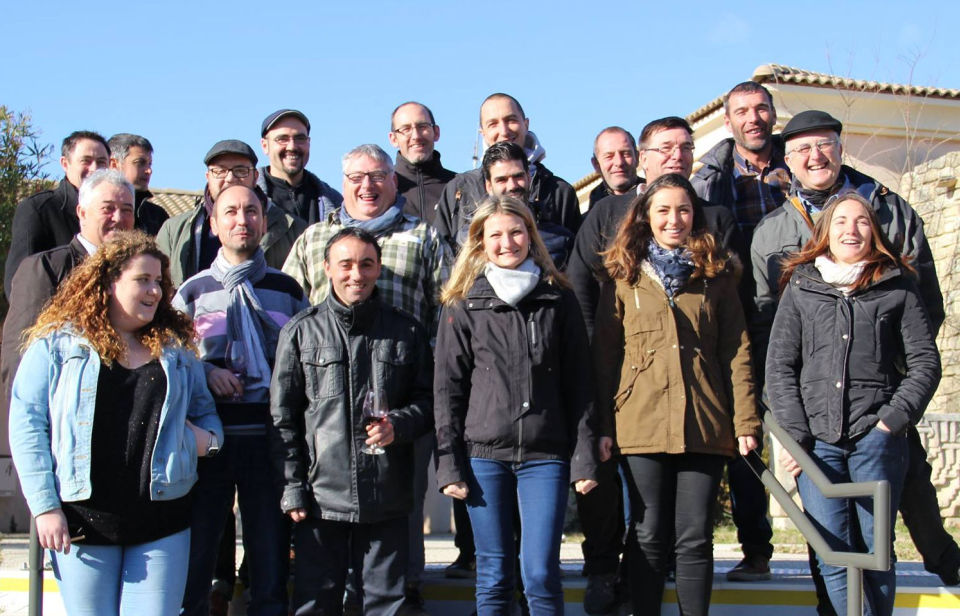|
AOP Rasteau



History
Vines have probably been growing in Rasteau for 2000 years.
The oldest known source is from 1414, and here is listed 30 ha
with a yield of 6 hl/ha.
The first declaration is from 1817 (premières déclarations de récoltes).
Here is listed 360 hl. from 60 ha.
The production rose rapidly until the vine pest (Phylloxéra)
arrived in 1870. It was not until 1905 that the production was
at a level like before 1870.
In 1925 60 vinegrowers and merchants founded the cooperative.
In 1935 the co-operative started to experiment with a sweet
wine, and took the initiative to the new appellation Vin Doux
Naturel Rasteau.
1937: Wines may be named Cotes du Rhone.
1944: Vin doux Naturel Rasteau gets its own appellation.
1966: Wines from Rasteau may be called Cotes du Rhone Village
Rasteau.
2002: Request for the rank CRU is sent to INAO.
2010: Rasteau
Rules for AOP Rasteau &
Vins doux Naturel Rasteau
Cahier
des Charges (2011)
Rules for Rasteau and Vin Duox Naturel are
described
in this Cahier des Charges.
The appellation Rasteau includes
only red wines. Producers who before 2010 have made rosé or
white wines with the name Cotes du Rhone Village Rasteau must in
the future name such wines Cotes du Rhone.
The names can also be used for red wines from parcels inside the
Rasteau appellation if the producer wants that (young wines or
pour vintage).
AOC / AOP Rasteau may be made from approved parcels in Rasteau
commune.
The total area of the commune is 1881 ha (18,81 km2),
of which around 1200 ha. is planted with vines.
The altitude of the commune differs from 117 to 336 metres
The
allowed grape varieties are divided in 3 levels of importance:
cépage principal, cépages complémentaires og cépages
accessoires
(When you talk about an percentage of varieties, this percentage
refers to the planted varities in all the vineyards of a property -
not the percentage of the varieties in the different wines.)
Cépage principal: Grenache must count for at least 50%.
Cépages complémentaires: Syrah and Mourvedre
must
together count for
at least
20% and max. 50%.
Cépages accessoires: are grapes alllowed for AOC
Cotes du Rhone, including also white varieties, which must not
exceed max. 5%. Cépages accessoires may totally may
not exceed
15% and includes the
following varieties:
Bourboulenc, Carignan, Clairette (Blanc and Rose), Counoise,
Grenache (Blanc and Gris), Marsanne, Muscardin, Piquepoul (Blanc
and Noir), Roussanne, Terret Noir, Ugni Blanc, Vaccarese and Viognier.
Rule for blend of the single cuvée (Assemblage)
The blend must include at least 50% Grenache (Cépage
principal)
and 20-50% of Syrah and Mourvedre (Cépages
complémentaires)
The level of alcohol
must be at least 12,5%
The yield may not exceed 38 hl./ha.
Declared area and yield 2016-2020
|
